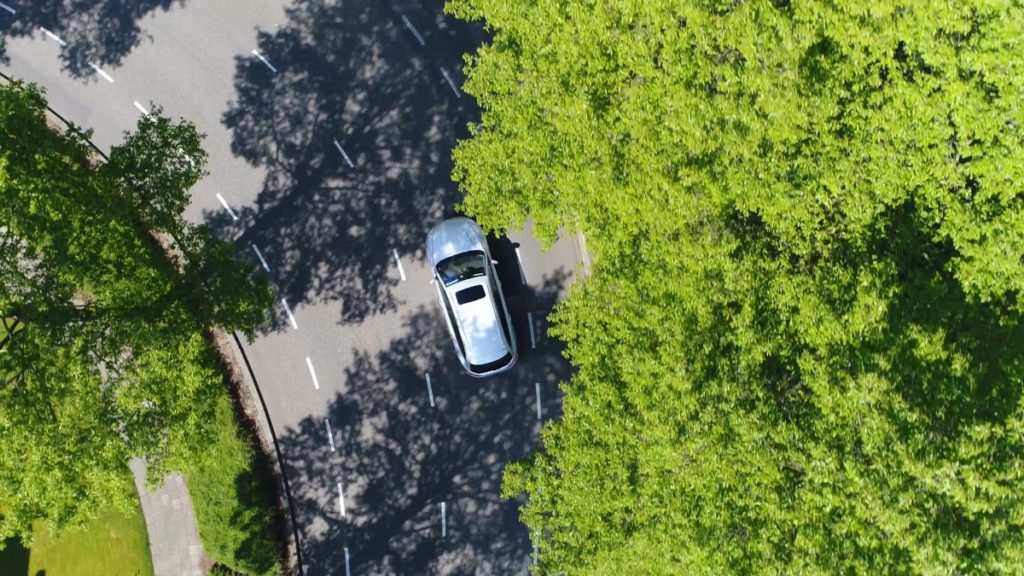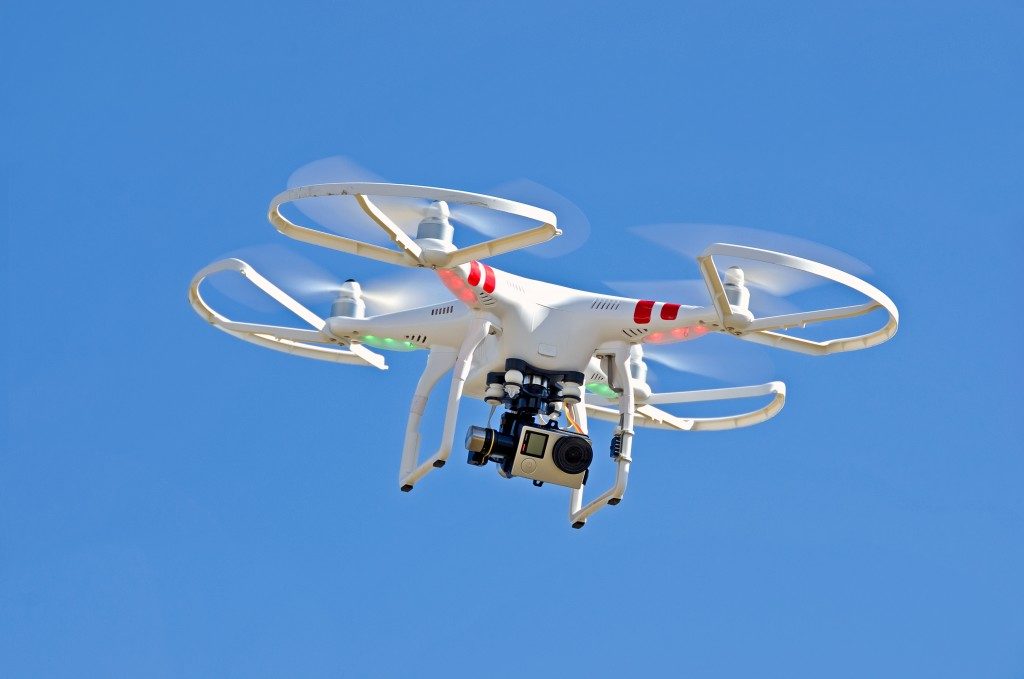New drone pilots are often filled with worry about crashing their expensive gadgets and throwing a good sum of money in the rubbish. While some pilots are unfortunate enough to experience this, there are many ways to keep your drone cruising safely.
1. Study your drone
If you have little to no experience with flying a drone, reading the user manual is crucial. Familiarize yourself with all the controls, pre-flight instructions, and all the different settings. If the manual is still too difficult to understand (which is normal for beginner drone pilots), visit a reliable commercial drone service provider and ask for help. Alternatively, you can watch YouTube videos or read online forums to learn about your drone model and how to operate it.
2. Try a simulator
Once you have a firm grasp on drone flying, test out your skills using a simulator app. An app will help you learn how to use the basic controls and let you practice without putting your actual drone at risk.
3. Follow your pre-flight checklist
Prepare your drone for flight by calibrating your compass, checking your GPS signal, making sure your batteries are full, and setting your RTH altitude, among other vital pre-flight routines.
4. Choose a good location
For your first few flights, start in a safe area with little to no obstacles, such as a vacant, a grassy lot, or your backyard. Avoid areas with power lines, ropes, animals, trees, and people.
5. Keep your drone in sight
Don’t let your drone fly out of your line of sight. This rule is not only for the safety of your device but also for the safety of those around you as well.
6. Turn on beginner mode

Your drone’s beginner mode will limit the distance and altitude that you can fly it at. This will help prevent you from losing and control and make sure your drone is always within your sight. Keep the beginner mode on at least for the first few flights or until you get the hang of flying.
7. Keep an eye on your battery
There are too many pilots whose drones crash because of an empty battery. Always make sure you keep an eye on your battery life as you fly and leave enough juice for the return flight.
8. Avoid bad weather
Make sure to check the weather before going out for a flight. Don’t fly when there’s rain, snowfall, lightning, fog, or strong winds, no matter how cool you think the pictures will be.
9. Fly gently
Learn how to manage the controls without making any sudden movements. This can be tricky at first, but enough practice should help you get the hang of it.
10. Hover first
Hover your drone at a low height for at least 30 seconds before flying off to ensure that it’s stable and under control.
Becoming a drone pilot can open up many opportunities for you and your career. But when you’re a beginner, these tips can help you keep your drone in the air and prevent it from being damaged.

